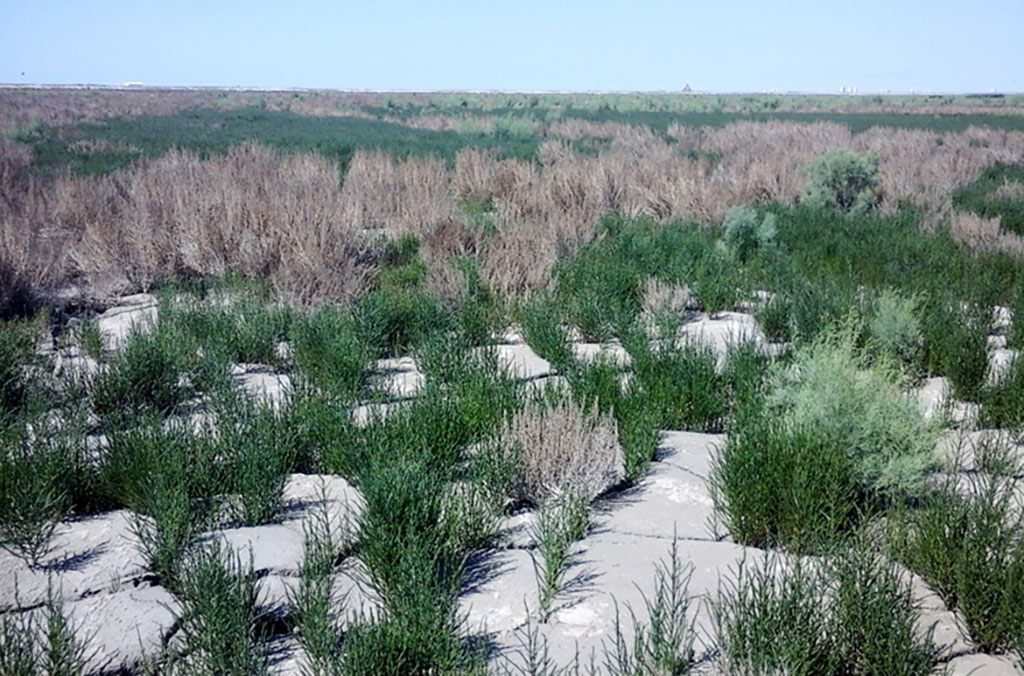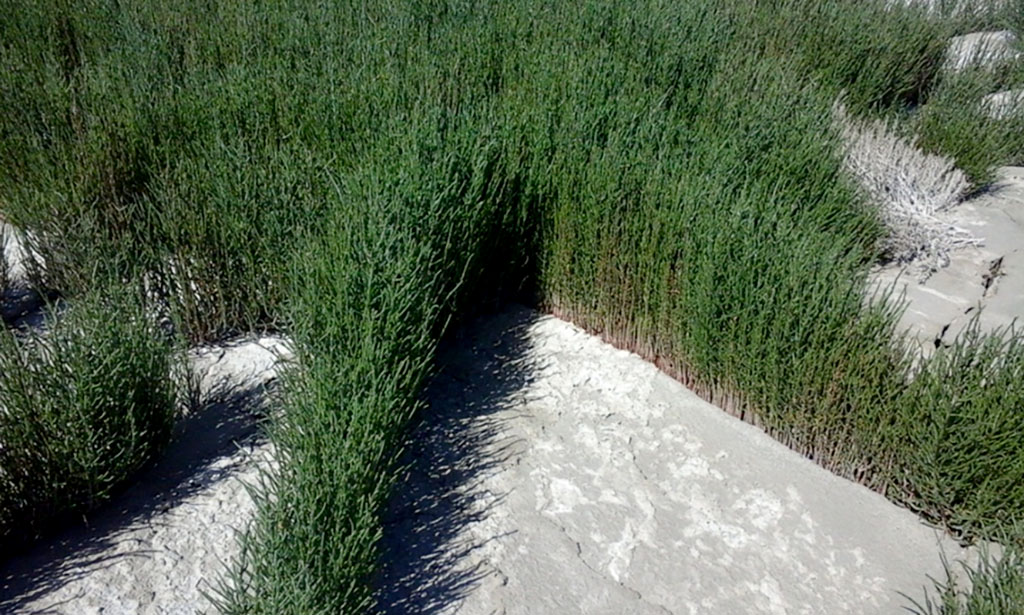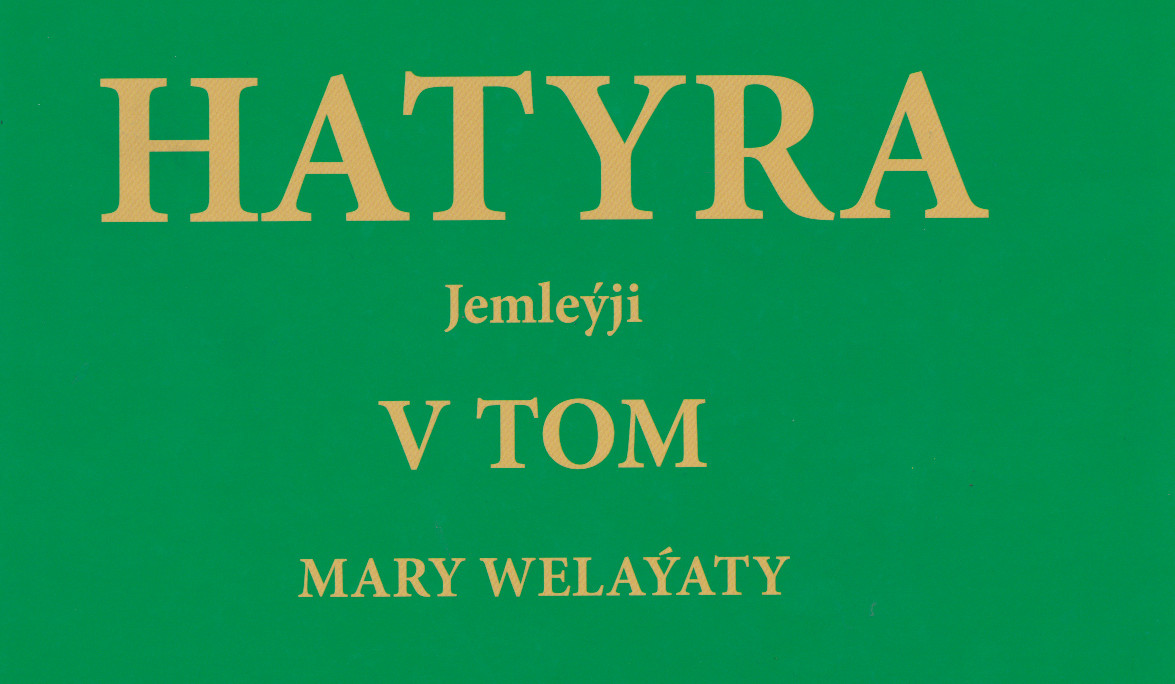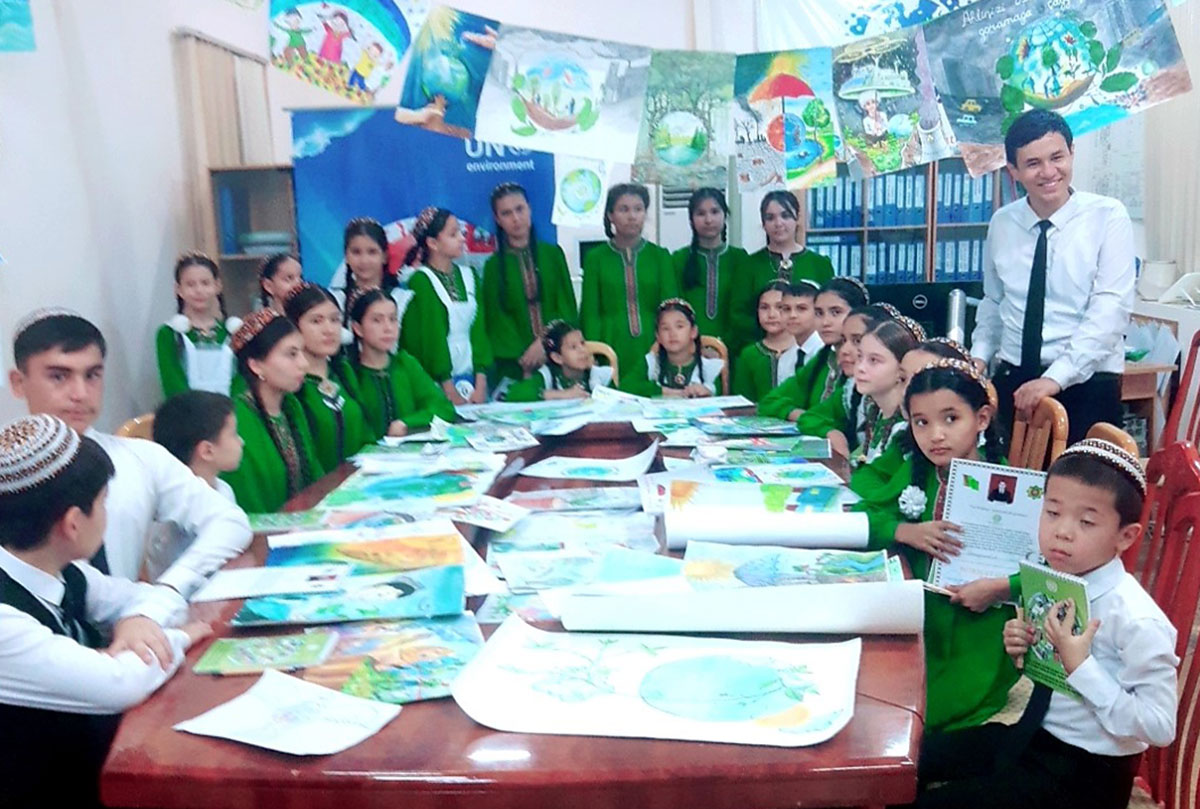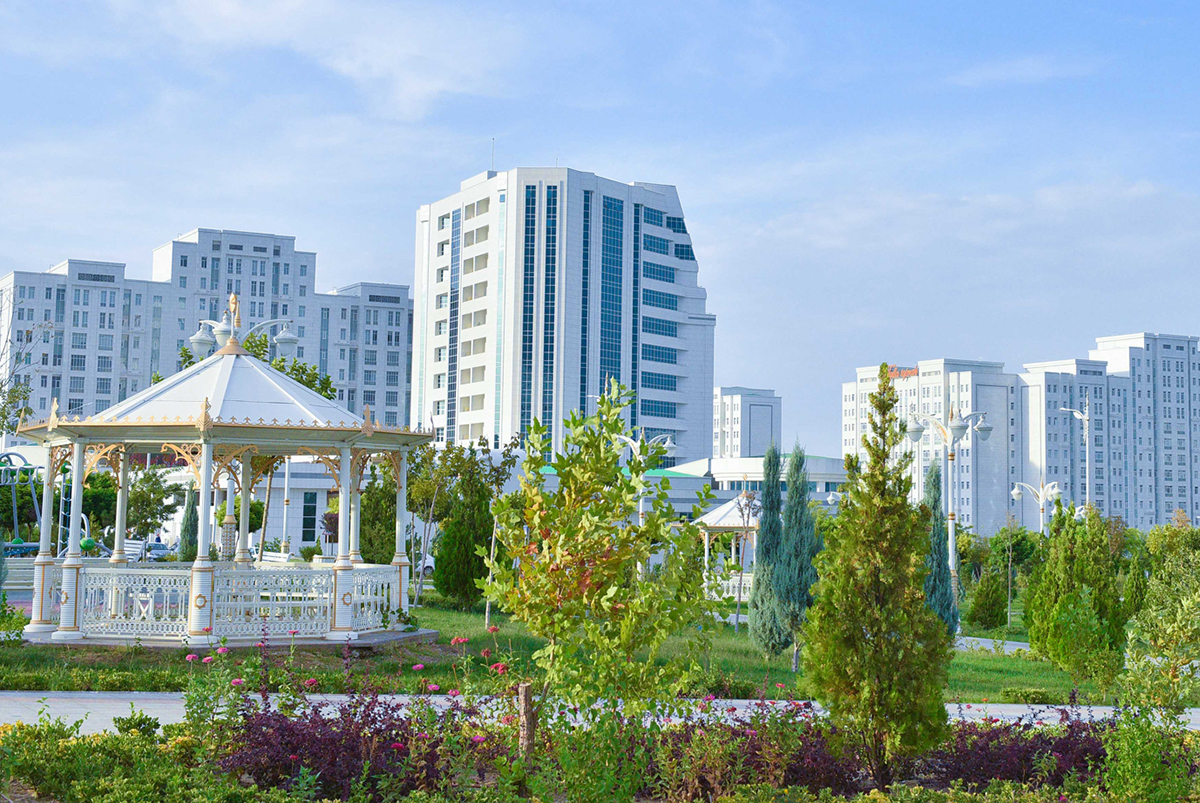Up to fifty islands have been registered within the water area of the Caspian Sea. A man-made land of 170 hectares, located in the Turkmen sector, not so long ago entered their number. The new natural territory was created together with the construction of the Turkmenbashi International Sea Port. The sand and gravel foundation was formed as a "foundation", the bottom sediments and silt, the backfill for the wave breaking wall were completed. This project was talked about in 2011 for the first time, the island was "built" from 2014 to 2016, and millions of cubic meters of natural soils we used to create it.
The natural components of this biological environment are enriched, the new island is changing, filled with life, becomes interesting for environmental monitoring. Specialists of scientific and environmental institutions consider it an object of ornithological purpose, intended for scientific research, and in the long term - for ecological tourism. The impact of human life is not planned here, and visits are only allowed to specialists in marine biology and avifauna. The coast of the sea is a visual reference point for migratory birds, the bays are traditional recreation places for three hundred species of migratory waterfowl and water birds of Asia. A new green island of life will surely attract feathered guests.
Recently, the joint scientific and practical expedition of the Academy of Sciences of Turkmenistan and the State Committee for Environmental Protection and Land Resources visited the island. It was composed of specialists from two laboratories of the Institute of Biology and Medicinal Plants, as well as workers of the Hazar State Nature Reserve.
On the results of monitoring tells the candidate of biological sciences, botanist Galina Vlasenko:
- The island is quickly covered with vegetation, which indicates the absence of harmful substances in the ground. The soil is a wet saltwort, divided by cracks into polygonal areas with a dense soles of 30 cm. An artificial dam 6-7 meters high, built of stony-gravelly rocks, protects the first representatives of the living world from strong waves, allows vegetation to form, which later develop a root system and strengthen the soil cover. Humidification - a groundwater occurrence of highly mineralized waters is noted at a depth of one and a half meters and therefore all vegetation is halophytic, occupying about 80% of the territory.
Analysis of the composition of the flora showed that the most of the European salt is here, which covers about half of the island territory. Salicornia is found everywhere in Turkmenistan - from the coast of the Caspian Sea to the flood plain of the Atrek River, together with other plants it forms the basis of wet saltwort and serves as a year-round source of highly protein foods for camels and small cattle. Salicornia has medicinal properties, the root part contains environmentally friendly potash, which is used in soap making, it is possible to obtain pulp from the plant straw for making coarse paper grades, and the seeds are suitable for obtaining cosmetic oil.
The thickets of tamarix are a developed segment of the plant community of the island. The height of individual plants reaches two meters. This traditional inhabitant of saltwort ecosystems is now in the pore of flowering.
Grebenshchiki occupy a fifth of the total area and constitute a kind of woodland. The Caspian hydrochloric colonel inhabited the dike strip. A lot of reeds are southern, in damp places it forms curtains. Single specimens include the Turkestan sword, the monotone quinoa, etc. These species are also halophytes, for them saltwort is a favorable habitat. Some of them already bear fruit, others - actively vegetate.
The natural components of this biological environment are enriched, the new island is changing, filled with life, becomes interesting for environmental monitoring. Specialists of scientific and environmental institutions consider it an object of ornithological purpose, intended for scientific research, and in the long term - for ecological tourism. The impact of human life is not planned here, and visits are only allowed to specialists in marine biology and avifauna. The coast of the sea is a visual reference point for migratory birds, the bays are traditional recreation places for three hundred species of migratory waterfowl and water birds of Asia. A new green island of life will surely attract feathered guests.
Recently, the joint scientific and practical expedition of the Academy of Sciences of Turkmenistan and the State Committee for Environmental Protection and Land Resources visited the island. It was composed of specialists from two laboratories of the Institute of Biology and Medicinal Plants, as well as workers of the Hazar State Nature Reserve.
On the results of monitoring tells the candidate of biological sciences, botanist Galina Vlasenko:
- The island is quickly covered with vegetation, which indicates the absence of harmful substances in the ground. The soil is a wet saltwort, divided by cracks into polygonal areas with a dense soles of 30 cm. An artificial dam 6-7 meters high, built of stony-gravelly rocks, protects the first representatives of the living world from strong waves, allows vegetation to form, which later develop a root system and strengthen the soil cover. Humidification - a groundwater occurrence of highly mineralized waters is noted at a depth of one and a half meters and therefore all vegetation is halophytic, occupying about 80% of the territory.
Analysis of the composition of the flora showed that the most of the European salt is here, which covers about half of the island territory. Salicornia is found everywhere in Turkmenistan - from the coast of the Caspian Sea to the flood plain of the Atrek River, together with other plants it forms the basis of wet saltwort and serves as a year-round source of highly protein foods for camels and small cattle. Salicornia has medicinal properties, the root part contains environmentally friendly potash, which is used in soap making, it is possible to obtain pulp from the plant straw for making coarse paper grades, and the seeds are suitable for obtaining cosmetic oil.
The thickets of tamarix are a developed segment of the plant community of the island. The height of individual plants reaches two meters. This traditional inhabitant of saltwort ecosystems is now in the pore of flowering.
Grebenshchiki occupy a fifth of the total area and constitute a kind of woodland. The Caspian hydrochloric colonel inhabited the dike strip. A lot of reeds are southern, in damp places it forms curtains. Single specimens include the Turkestan sword, the monotone quinoa, etc. These species are also halophytes, for them saltwort is a favorable habitat. Some of them already bear fruit, others - actively vegetate.




